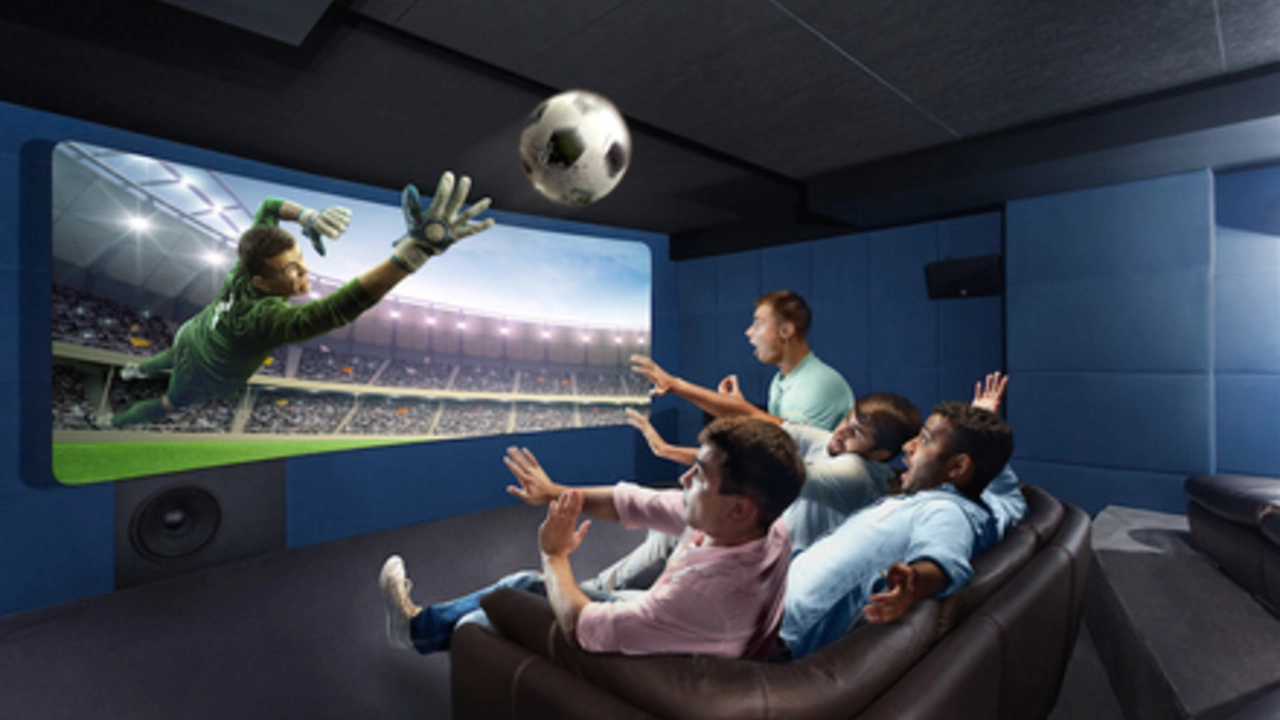Sports Videography: How to Film the Action
When working with sports videography, the art of filming live sports to showcase motion, emotion, and strategy. Also known as sports filming, it blends visual storytelling with technical know‑how for fans, teams, and broadcasters.
Good camera equipment, including high‑frame‑rate DSLRs, action cams, and interchangeable lenses, brings the speed of play into focus and sets the foundation for any shoot. Sports videography requires more than just a good camera; it also hinges on editing software, tools like Adobe Premiere Pro or DaVinci Resolve that let you cut, colour‑grade, and add graphics in post‑production. Together, these tools enable the core semantic triple: sports videography encompasses camera techniques, sports videography requires editing software, and drone footage influences sports videography.
Why sports videography matters today
Fans expect instant replays, slow‑motion highlights, and immersive angles. That demand drives the use of drone footage, aerial shots that capture the whole field and offer perspectives impossible from the ground. When a drone hovers over a stadium, it adds depth to the story and often becomes the centerpiece of a broadcast package. At the same time, broadcast production, the workflow that integrates live feeds, graphics, and commentary for TV or streaming platforms relies on the raw material created by sports videographers. Understanding how these entities interact gives you a roadmap for building a reliable production pipeline.
Mastering sports videography means choosing the right gear, learning how to set up fast‑pacing shots, and polishing the footage with crisp edits. Below you’ll find a curated list of articles that walk you through everything from basic camera settings to advanced drone choreography, so you can start creating content that keeps viewers on the edge of their seats.
- By Colton Westwood
- /
- 21 Jul 2023
What is the best way to record a soccer game?
From my experience, the best way to record a soccer game is by using a high-definition camera with a wide-angle lens. This setup would allow capturing the entire field clearly. Positioning is crucial too, ideally, the camera should be placed at a height and central location for a comprehensive view. Using a tripod can stabilize the footage and prevent shaky recordings. Lastly, for professional purposes, consider multi-camera setups for different angles and close-ups.

